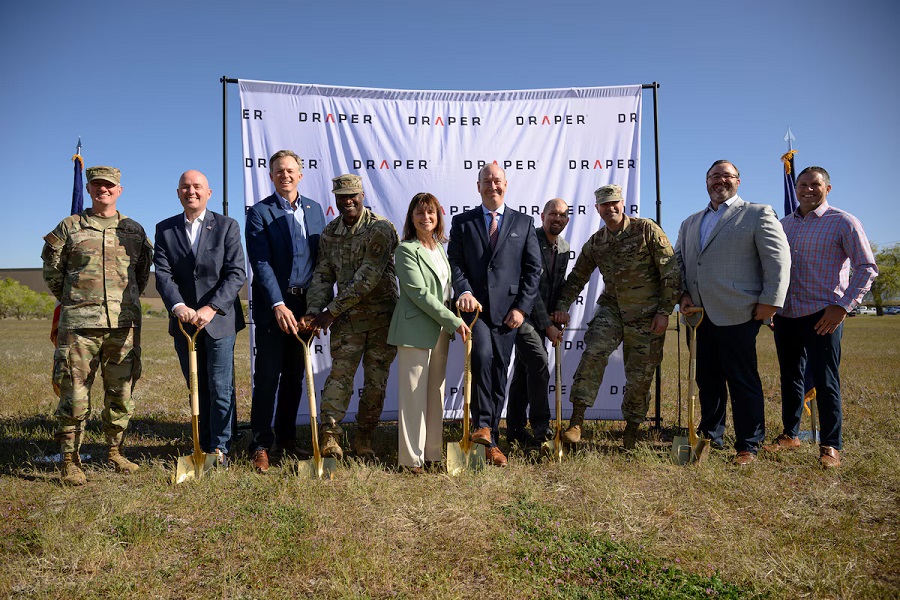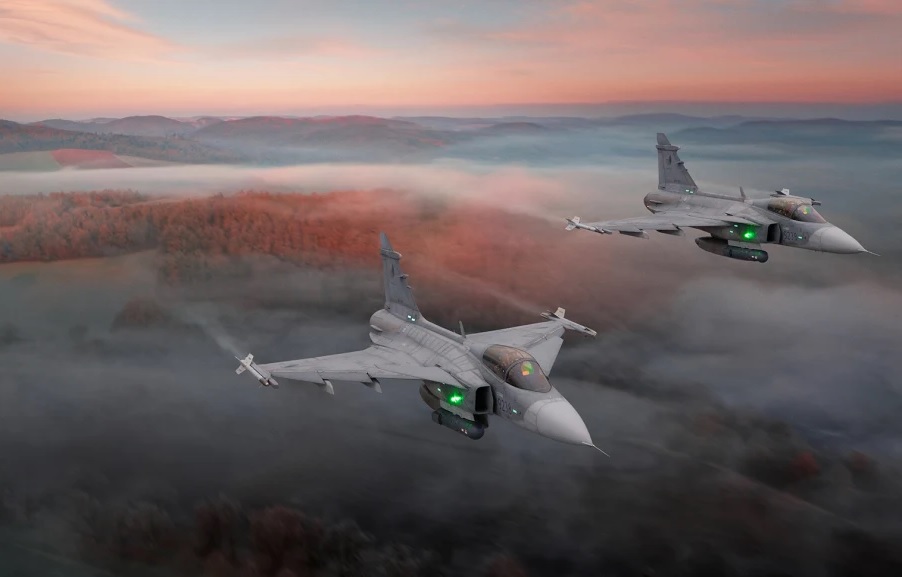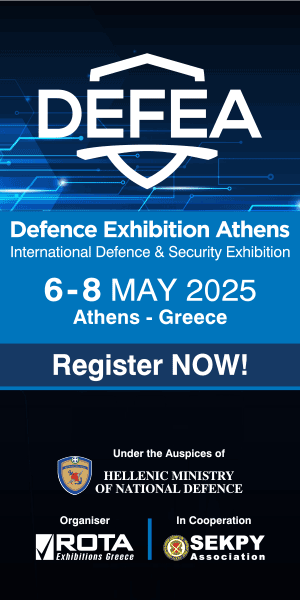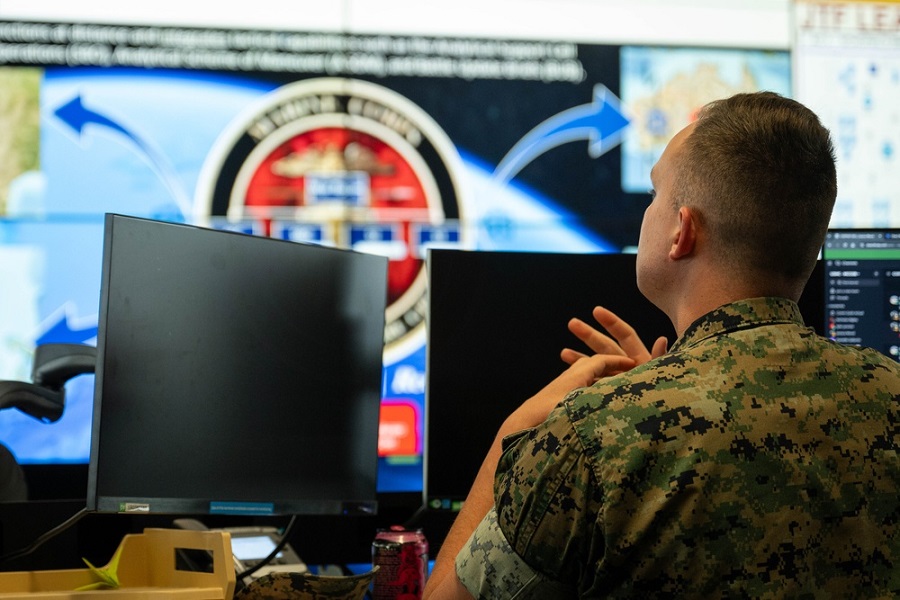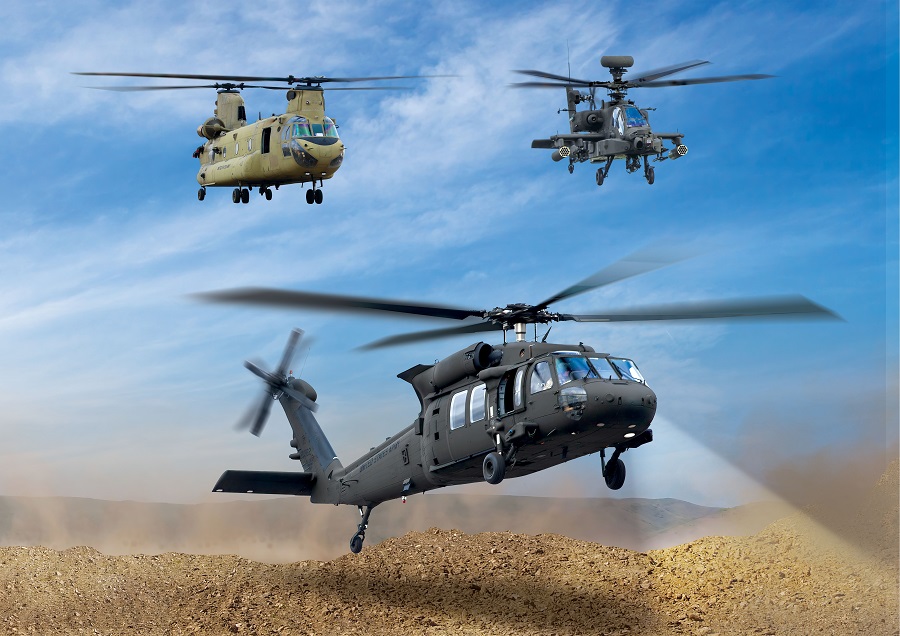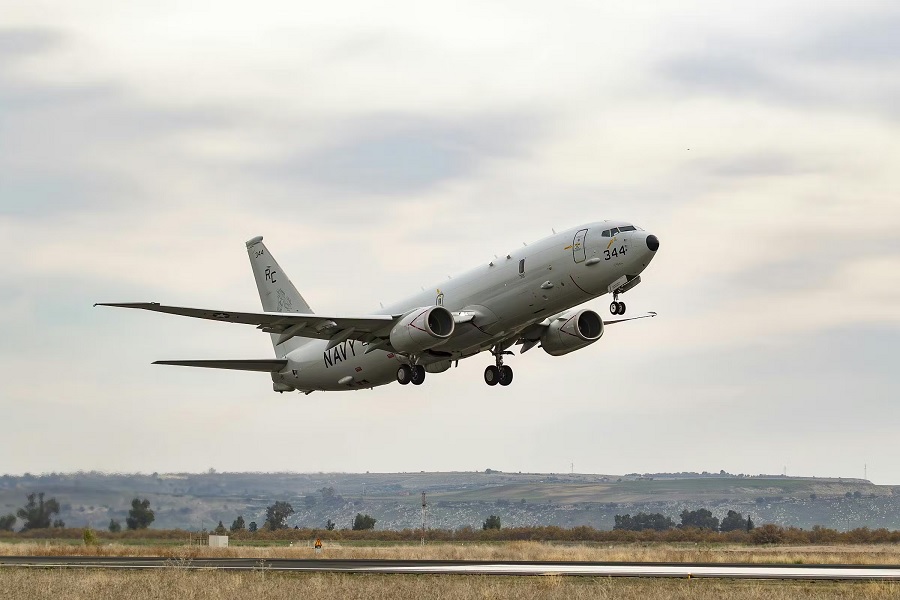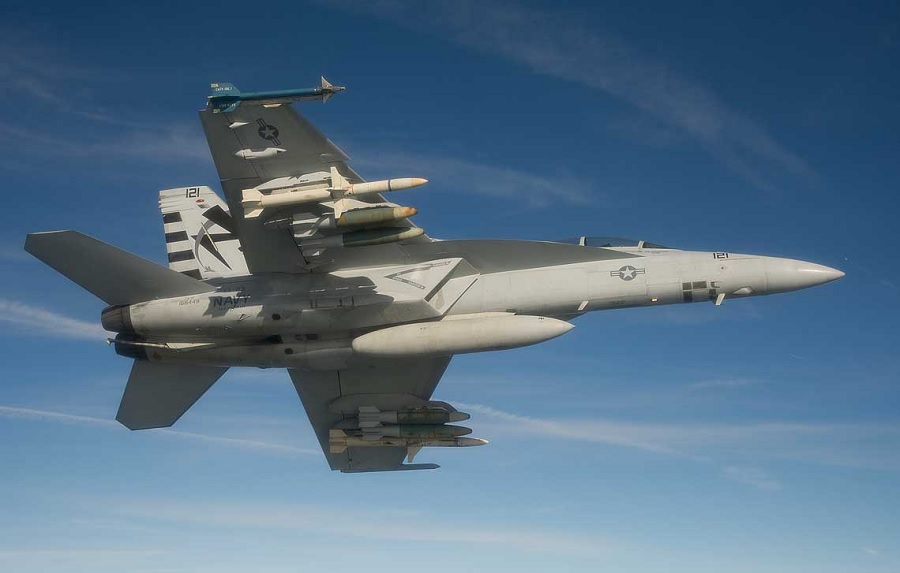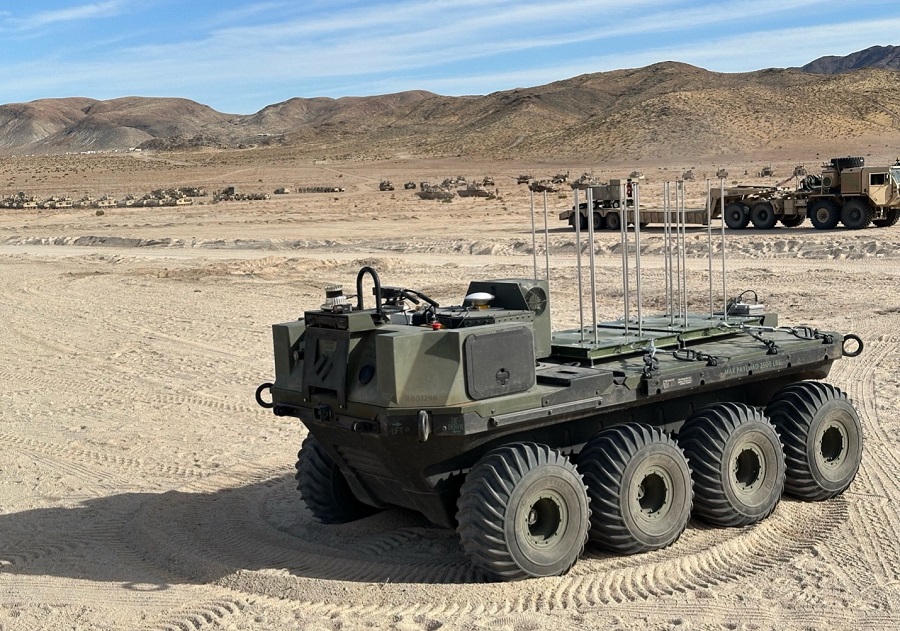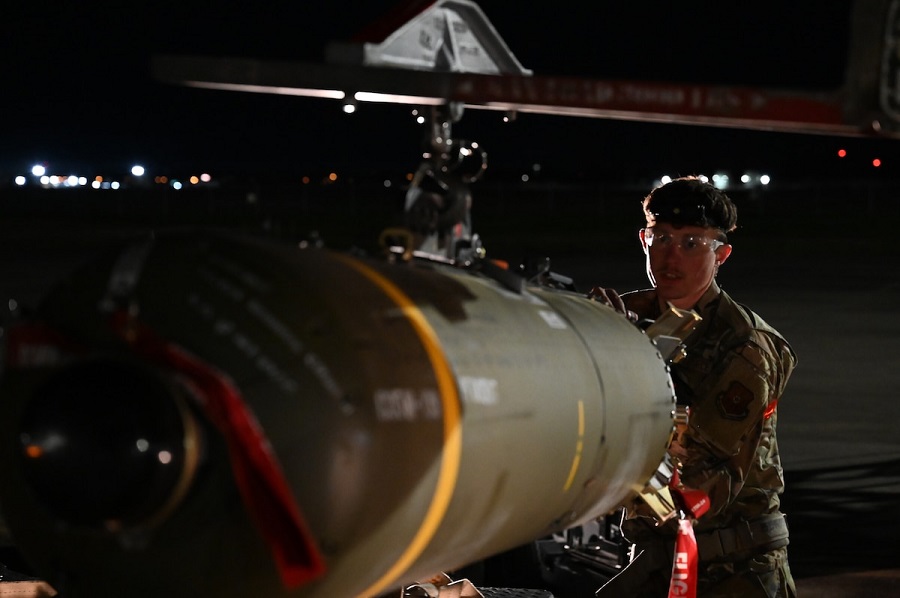The NCC, directed by the 20th Air Force and overseen by the 90th Ground Combat Training Squadron, provided a realistic training environment simulating full mission profiles. CRF Airmen were tested on asset protection procedures and integrated with new mission-enabling equipment under threat-based scenarios.
“This year’s NCC is critical in validating the MH-139 Grey Wolf and the Payload Transporter replacement vehicle (PTR),” said Master Sgt. Kevin Brown, training and force development manager with Air Force Global Strike Command Operations and Plans Directorate. “These new assets bring a much-needed refresh to the mission of providing security and safe transport for ICBMs off installation as part of the modernization of nuclear systems as outlined by Gen. Bussiere’s strategic vision.”
The MH-139 Grey Wolf helicopter played a key role in this validation process, offering enhanced capabilities for rapid deployment and convoy overwatch. Brown emphasised the importance of standardising new Tactics, Techniques and Procedures (TTPs) across the missile wings before full operational rollout.
Army soldiers from the 101st Airborne Division (Air Assault) acted as the opposing force, testing the CRF teams’ defensive strategies. “Fighting as OPFOR for this training event has greatly enhanced our own capabilities,” said 1st Lt. Luke Davey, scout platoon leader with the 101st.
Davey noted that the exercise deepened their understanding of militia-style ambush tactics, small unit defence against larger forces, and advanced combat techniques. These lessons were particularly valuable for reconnaissance operations, especially in scenarios involving camouflage and sniper engagements.
The training allowed CRF teams to identify vulnerabilities in their current tactics and make informed adjustments. “The Nuclear Convoy Course enhances our defenders by giving us a clearer understanding of what real-world threats look like,” said Master Sgt. Charles Watson of the 90th Missile Security Operations Squadron.
Watson added that the variety of terrain at Camp Guernsey offered training opportunities not available at home stations, supporting broader readiness goals. The course’s completion marks a step forward in ensuring the security and resilience of the nuclear enterprise.

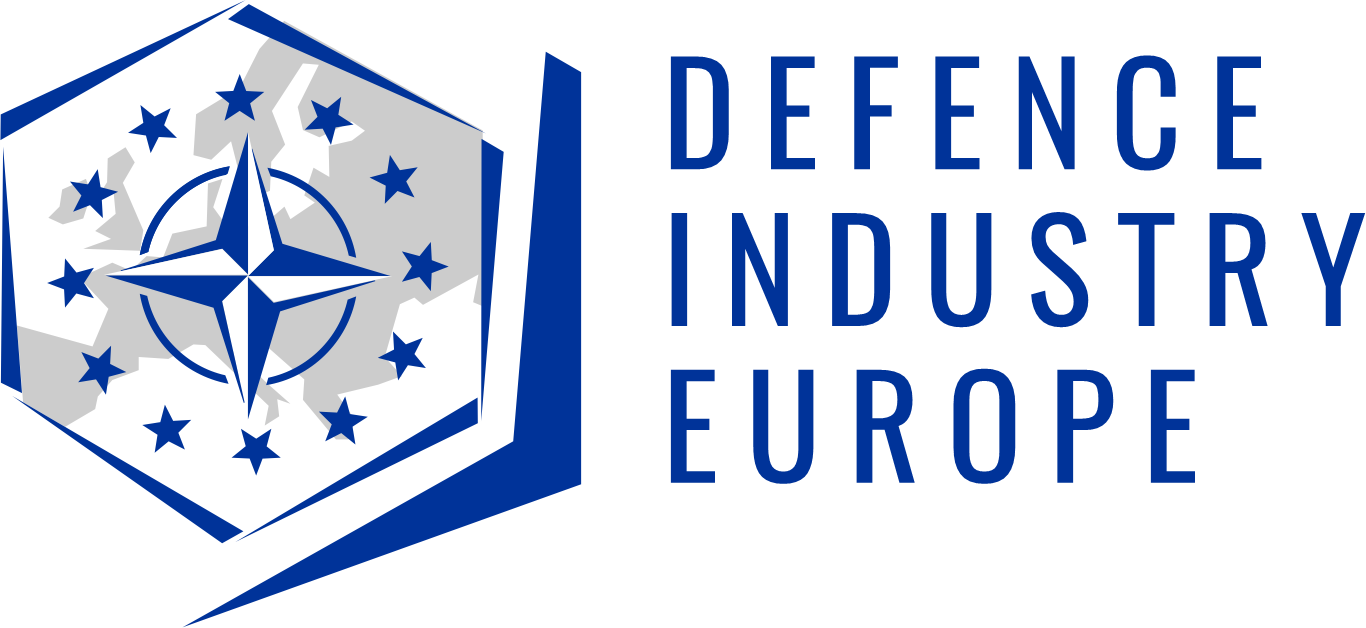
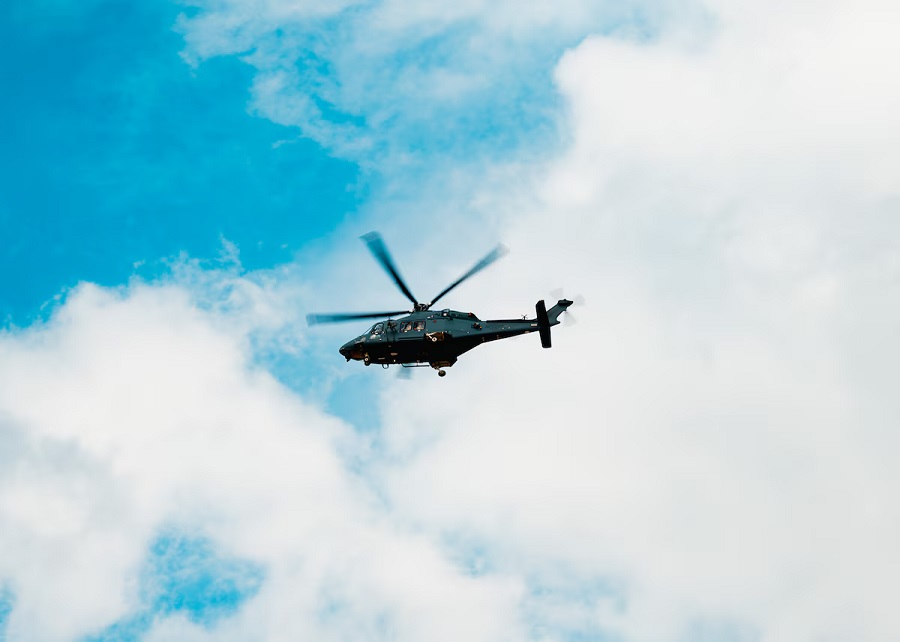
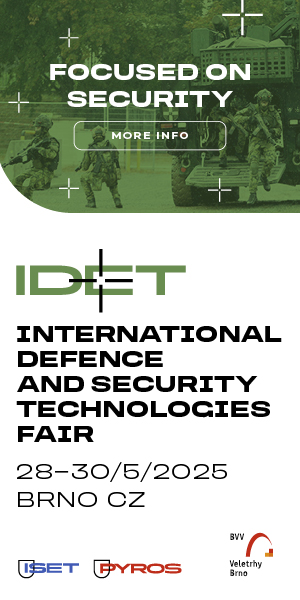





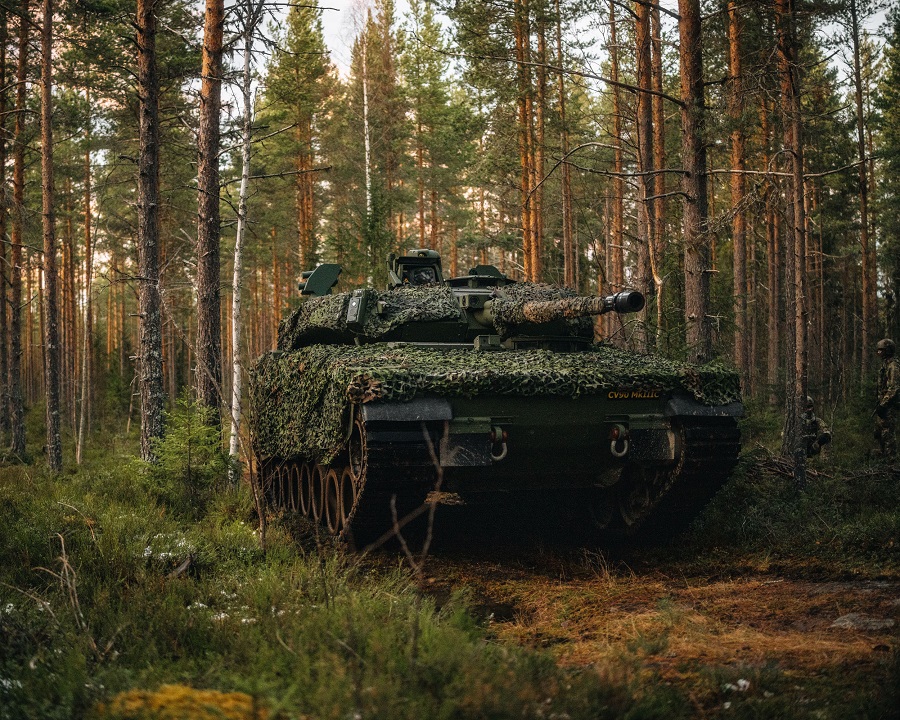
![Bayraktar TB3 achieves four autonomous sorties aboard TCG Anadolu [VIDEO]](https://defence-industry.eu/wp-content/uploads/2025/04/Bayraktar-TB3-achieves-four-autonomous-sorties-aboard-TCG-Anadolu-VIDEO.jpg)

